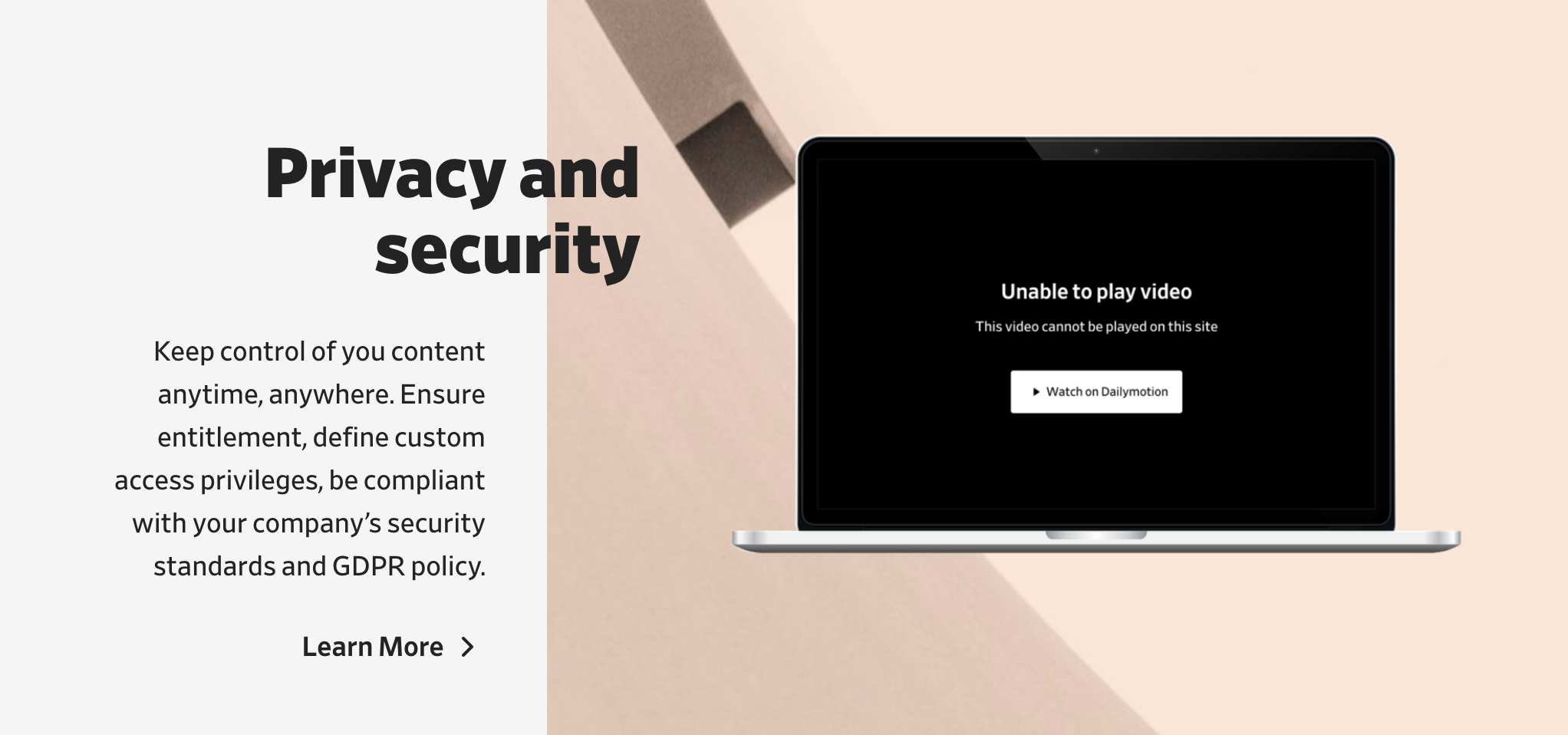Have you ever wondered how those fantastic applications you use daily come to life? Welcome to the exciting world of software development! Whether you're dreaming of crafting the next big productivity tool or simply curious about the process, you're in the right place. This guide aims to demystify software development, especially for beginners. So, roll up your sleeves, and let’s explore what it takes to create PC software!
Understanding the Basics of PC Software

Creating PC software might sound daunting at first, but let's break it down into bite-sized pieces. At its core, PC software is simply a collection of programs designed to perform specific tasks on a computer. Think of software as the unsung hero of your favorite devices, making everything run smoothly behind the scenes.
Here's a quick overview of essential concepts you should know:
- Types of Software: Software can generally be categorized into two types: system software (like operating systems) and application software (like word processors). Understanding the difference is crucial!
- Programming Languages: These are the building blocks of software. Languages like Python, Java, and C++ are popular among developers. Each has its unique features, strengths, and use cases.
- Development Environment: This is where the magic happens! IDEs (Integrated Development Environments) such as Visual Studio or PyCharm provide tools that facilitate coding, debugging, and testing.
To illustrate these concepts more clearly, here's a simple comparison table of programming languages:
| Language | Best For | Ease of Learning |
|---|---|---|
| Python | General purpose, Data Science | Easy |
| Java | Web & Mobile Applications | Moderate |
| C++ | System Programming, Game Development | Challenging |
Understanding these basics will set a solid foundation for your journey into creating PC software. So, keep exploring, learning, and soon enough, you’ll be on your way to developing your own stunning applications!
Also Read This: How to Do Eye Makeup on Dailymotion: A Complete Guide for Beginners
Choosing the Right Tools and Programming Languages

When diving into the world of PC software development, the right tools and programming languages can make all the difference. It’s like picking the perfect ingredients for your favorite recipe—choose wisely, and you’ll create something delightful!
First off, let’s talk about programming languages. Each has its strengths suited for different types of projects. Here are some popular options:
- Python: Known for its readability and simplicity, Python is a fantastic choice for beginners. It’s widely used for web applications, data analysis, and more.
- Java: This robust language is perfect for developing cross-platform applications. Its "write once, run anywhere" feature is hugely beneficial.
- C#: If you’re leaning towards Windows applications, C# in combination with .NET framework is the way to go. It’s powerful and widely used in enterprise-level applications.
- C++: This language offers excellent performance and control over system resources. It's a bit more complex, so it might be best for those who want to dive deeper into programming.
Now, let’s pivot to the tools you'll need. Here’s a handy list:
- IDE (Integrated Development Environment): Tools like Visual Studio (great for C# and C++) or PyCharm (perfect for Python) help streamline your coding processes.
- Version Control: GitHub or Git are essential for keeping track of your code changes and collaborating with others.
- Debugging Tools: Debugging tools are crucial for finding errors in your code. Tools integrated within your IDE can help immensely.
In conclusion, choosing the right tools and languages is your first step toward creating amazing PC software. Take your time and select what resonates most with you!
Also Read This: Easy Steps to Edit Your Dailymotion Profile Like a Pro
Step-by-Step Guide to Building Your First PC Software
Alright, you’re ready to create your first piece of software—exciting, right? Let’s break it down into simple, manageable steps that will make the journey enjoyable!
Step 1: Define Your Idea
Every great software starts with an idea. Ask yourself, what problem do you want to solve? What features would make your software unique? Write down your ideas!
Step 2: Plan Your Software
- Outline the key features.
- Create user flow diagrams to visualize how users will navigate.
- Sketch a rough design of the user interface.
Step 3: Set Up Your Development Environment
Download and install the necessary IDE and set up a version control system like Git. Make sure everything is running smoothly before you dive into coding.
Step 4: Start Coding!
Begin implementing the features you outlined. It’s helpful to tackle one feature at a time. Don’t overwhelm yourself—take it slowly!
Step 5: Testing
Once your software is functional, it’s crucial to test it thoroughly. This means checking for bugs and ensuring that everything works as intended.
Step 6: Get Feedback
Share your software with friends, family, or online communities. Their feedback will provide valuable insights and help you make improvements.
Step 7: Release and Iterate
Once you’re satisfied, it’s time to release your software. But remember, software development is an ongoing process—be open to updates and enhancements!
And there you have it! A straightforward guide to creating your first PC software. Enjoy the process, and don’t forget to celebrate your achievements along the way!
Also Read This: Ultimate Guide to Performing Coin Magic on Dailymotion
Utilizing Dailymotion for Learning Resources
When it comes to learning how to create PC software, Dailymotion is a treasure trove of resources that you can tap into. Unlike traditional learning methods, video tutorials provide a visual and interactive way to understand complex concepts. Here’s how you can make the most of Dailymotion for your software development journey:
- Search for Specific Tutorials: Use the search feature to find tutorials specifically aimed at beginners. Keywords like “beginner programming,” “software development basics,” or “intro to coding” can yield helpful results.
- Follow Established Channels: Look for channels that are dedicated to software development. These often have structured playlists that take you through the learning process step by step.
- Join the Community: Engaging with comments and discussions on video tutorials can offer additional insights. You might even meet other beginners who share your enthusiasm.
- Bookmark Useful Videos: If you stumble upon a video that you find particularly useful, be sure to bookmark or save it for future reference. This way, you can easily revisit the content when you need a refresher!
Moreover, many Dailymotion creators provide links to supplementary materials such as code snippets or free resources in their video descriptions. Leverage these links to enhance your learning experience!
Also Read This: How to Lose Breast Fat at Home Using Dailymotion’s Exercises
Testing and Debugging Your Software
Ah, the inevitable stage of testing and debugging! Every software creator has been there, and it can sometimes feel like a daunting task. However, fear not! With a structured approach, you can effectively minimize bugs and ensure that your software runs smoothly.
| Step | Description |
|---|---|
| 1. Initial Testing | After writing a portion of your code, run initial tests to check for immediate errors. This quick feedback loop allows you to catch obvious issues early. |
| 2. Unit Testing | This involves testing individual components of your program. Using tools like JUnit for Java or unittest for Python can make this process easier. |
| 3. Integration Testing | Once your units are tested, check how they work together. This will help you identify any conflicts between different parts of your software. |
| 4. User Testing | Get real users to test your software. They might uncover issues you hadn’t thought about. Listen to their feedback! |
| 5. Continuous Debugging | Debugging is not just a one-off task! Continuously test your software post-launch and be ready to fix issues as they arise. |
Debugging tools like debuggers in IDEs and error log analyzers make your life easier. Remember, every successful software developer has faced the trials of debugging, so don’t feel discouraged! Wear it as a badge of honor on your journey to becoming a great software developer!
Also Read This: How to Do Arabic Makeup on Dailymotion
7. Publishing Your Software and Reaching Users
So, you’ve spent hours coding, debugging, and perfecting your software. Now comes the exciting part—sharing it with the world! Publishing your software is a crucial step in the software development process, allowing you to reach users who can benefit from your creation. Let’s dive into the nuts and bolts of this process.
First, you need to decide on a distribution platform. Here are some popular options:
- Website Hosting: Set up a dedicated website for your software. This allows you to control the user experience and provide all necessary information.
- Software Repositories: Platforms like GitHub or SourceForge enable easy access and collaboration. Users can find your software, report bugs, or even contribute!
- App Stores: If your software is mobile or a desktop application, consider submitting it to app stores like Google Play or the Microsoft Store. They provide a built-in audience.
Next, think about the marketing strategy. You might consider:
- Social Media Promotion: Share your software on platforms like Twitter, Facebook, and LinkedIn. Engaging posts can attract potential users!
- Email Newsletters: Send out an announcement to your existing contacts or an interested audience. Highlight features, updates, or any special launch promotions.
- Blogging or Guest Posting: Write about your software journey on relevant blogs or forums. This builds credibility and reaches new users.
Lastly, gather feedback once your software is out in the wild! This will help you improve, fix bugs, and understand what users really want.
8. Conclusion and Next Steps in Software Development
Congratulations! You’ve officially waded through the process of creating and publishing your software. But this is just the beginning. The world of software development is dynamic, and there are always new skills to learn and improvements to make. So, what's next?
- Gather User Feedback: Stay engaged with your user base by collecting and analyzing their feedback. This will help you identify bugs and features that need improvement.
- Update and Improve: Software is never truly “finished.” Regular updates addressing user feedback, adding new features, and fixing bugs can drastically enhance your software’s performance and user satisfaction.
- Consider Learning New Technologies: The tech world is always evolving. Keep an eye on emerging technologies and languages that can help you tackle more sophisticated projects in the future.
- Network with Other Developers: Joining developer communities, both online and offline, can open doors to collaboration and learning opportunities. Attend meetups, workshops, or webinars.
In conclusion, building software is a rewarding endeavor. Embrace the journey, keep learning, and don’t hesitate to share your knowledge with others. Good luck!
 admin
admin








